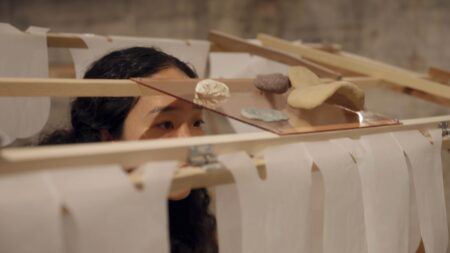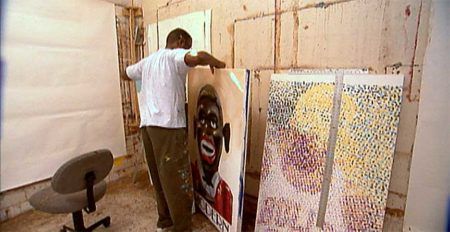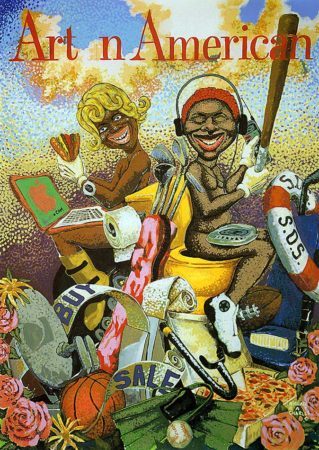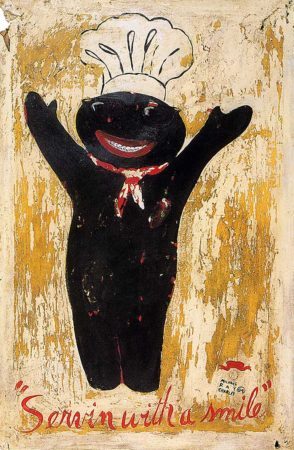Michael Ray Charles
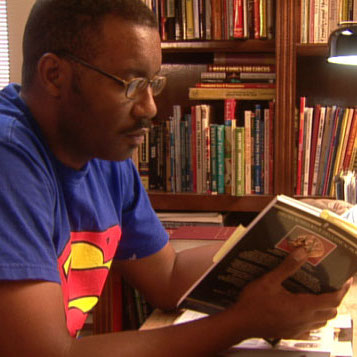
Michael Ray Charles was born in 1967 in Lafayette, Louisiana, and currently lives and works between Austin, Texas, and Ghent, Belgium. He received his BA from McNeese State University in 1989 and his MFA from the University of Houston in 1993. In his work, Charles creates detailed paintings investigating racial stereotypes that are drawn from a history of American advertising, such as product packaging, billboards, radio jingles, and television commercials. Whether appropriating figures from American visual culture like Aunt Jemima or replicating visual tropes associated with minstrelsy, the artist draws connections between racist elements of American history and popular portrayals of American culture today, exposing the underlying racism present in contemporary society.
Inspired by his education in advertising and design, Charles looks to the layered history of racially targeted advertisements and billboards as a source of inspiration, reproducing images of recognizable figures in his practice. In the Target of Opportunity Gameboard (1995), Charles depicts a game of shooting ducks, replacing the head of the head of the duck with that of an 1800s image of the “pickaninny,” a dominant racial caricature of a Black child in the 19th century. White Power (1994) features the image of a Sambo Doll, an oversimplified figure of a young Black boy with exaggerated lips, hands, and hair. The figure holds a watermelon, a prominent racist trope that emerged after the American Civil War. By looking at history and its symbols, Charles creates a work that evades time, highlighting the uncomfortable similarities between past and present. “Stereotypes have evolved,” he notes. “I’m trying to deal with present and past stereotypes in the context of today’s society.
In his work, the artist considers the relationship between Blackness, humor, and entertainment, drawing upon the history of the minstrel show and its portrayal of Blackness to create work. In works like (Liberty Bros. Permanent Daily Circus) The Family of Seals (1996), the artist depicts an advertisement for the fictional “Liberty Brothers Permanent Daily Circus (LBPDC)” with three Black figures in brightly striped and polka-dotted outfits, balancing balls on their noses as if they were circus animals. In his works Before Black (To See or Not To See) (1997) and After Black (To See or Not to See) (1997), the artist presents two images that mirror one another in their composition. Before Black depicts a Black figure running in the dark of night, a look of terror on their face while After Black appears to depict the same figure, but blindfolded with a white cloth adorned with dollar signs, dribbling a basketball as he runs with a smile on his face on a sunny day. Through works like these, the artist highlights connections between Blackness and entertainment that run throughout American culture, pointing to the racism that still exists in American entertainment and visual culture.
